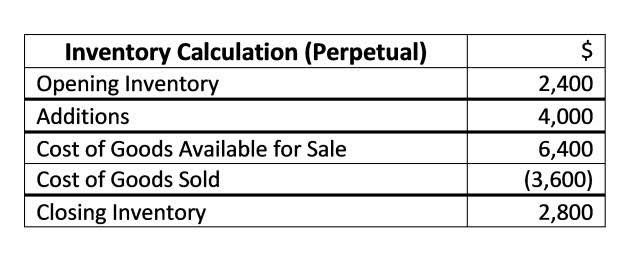
The payback period refers to how long it takes to reach that breakeven. The answer is found by dividing $200,000 by $100,000, which is two years. The second project will take less time to pay back, and the company’s earnings potential is greater.
Uses of Payback Period in Corporate Finance

According to payback method, the equipment should be purchased because the payback period of Accounting For Architects the equipment is 2.5 years which is shorter than the maximum desired payback period of 4 years. Knowing the payback period is helpful if there’s a risk of a project ending in the future. For example, if a company might lose a lease or a contract, the sooner they can recoup any investments they’re making into their business the less risk they have of losing that capital. The breakeven point is the price or value that an investment or project must rise to cover the initial costs or outlay.

Discounted Payback Period (DPP)

Payback period is a fundamental investment appraisal technique in corporate financial management. It is a measure of how long it takes for a company to recover its initial investment in a project. It is one of the simplest capital petty cash budgeting techniques and, for this reason, is commonly used to evaluate and compare capital projects.
Definition: What is Payback Period?
- Management uses the payback period calculation to decide what investments or projects to pursue.
- Every investor, be it individual or corporate will want to assess how long it will take for them to get back the initial capital.
- Management will need to know how long it will take to get their money back from the cash flow generated by that asset.
- This is because it is always worthwhile to invest in an opportunity in which there is enough net revenue to cover the initial cost.
- The management of Health Supplement Inc. wants to reduce its labor cost by installing a new machine in its production process.
With a little bit of practice, you can master the payback period calculation and use it to make informed investment decisions that will benefit your business in the long run. The payback method assesses how long it takes to get back the initial investment. Companies use it to evaluate the speed at which projects or investments generate returns. Calculating payback periods is especially important for startup companies with limited capital that want to be sure they can recoup their money without going out of business. Companies also use the payback period to select between different investment opportunities or to help them understand the risk-reward ratio of a given investment.
How to Calculate the Payback Period
- In closing, as shown in the completed output sheet, the break-even point occurs between Year 4 and Year 5.
- The formula to calculate the payback period of an investment depends on whether the periodic cash inflows from the project are even or uneven.
- Using automated investing, you can choose from groups of pre-selected stocks.
- The sooner the break-even point is met, the more likely additional profits are to follow (or at the very least, the risk of losing capital on the project is significantly reduced).
- Alaskan is also considering the purchase of a conveyor system for $36,000, which will reduce sawmill transport costs by $12,000 per year.
- First, it ignores the time value of money, which is a critical component of capital budgeting.
But perhaps it’s a huge draw on the plant’s power, and its affecting other systems. Perhaps other machines need to be shut down for extended periods in order to allow this new machine to produce. Or maybe there’s something else going on at the plant that prevents it from functioning properly.

In Jim’s example, he has the option of purchasing equipment that will be paid back 40 weeks or 100 weeks. It’s obvious that he should choose the 40-week investment because payback equation after he earns his money back from the buffer, he can reinvest it in the sand blaster. Since some business projects don’t last an entire year and others are ongoing, you can supplement this equation for any income period. For example, you could use monthly, semi annual, or even two-year cash inflow periods. The cash inflows should be consistent with the length of the investment.
